In an era where simplicity and sustainability are highly valued, a growing trend has emerged micro living tiny homes. These compact dwellings offer a unique solution to the challenges of urban living.
Micro living tiny homes are one the finest tiny homes or house design, they are around 100 to 400 square feet. with unique features, styles and design, they are one of my favorite and very affordable homes right now.
Contents
With their efficient designs and clever use of space, these tiny homes have captured the imagination of those seeking a more intentional way of life.
Stay tuned for an insightful journey into the world of micro living! Here we will dive deep into the details, what you need to know and how it will benefits you.

Micro Living Tiny Homes
Micro living tiny homes are compact dwellings designed for efficient use of space, ranging from 100 to 400 square feet.
Despite their small size, these homes provide all the essential amenities needed for comfortable living.
If you want to know if this types of home truly worth it, then you need to keep reading this article, I have more to tell you this home types and design.
Compact and Efficient Design
Micro homes are meticulously designed to maximize every inch of available space.
They feature clever storage solutions, multi-functional furniture, and innovative layouts that make the most out of limited square footage.
These compact dwellings often incorporate features like lofted beds, foldable tables, and built-in shelving units to optimize functionality.
Customizable Options
One of the great advantages of micro living tiny homes is their customizable designs. Each home can be tailored to individual needs and preferences.
Whether you desire a cozy cabin-style retreat or a sleek modern design, there are various options available to suit your taste.
You can choose from different floor plans, finishes, materials, and even add-on features like solar panels or composting toilets.
Mobility and Versatility
Another appealing aspect of micro living is its mobility. Many tiny homes are built on wheels or trailers, allowing owners to easily transport their homes wherever they go.
This flexibility enables individuals to explore different locations without sacrificing the comforts of home.
Some micro living communities offer shared spaces and amenities for residents who prefer a more stationary lifestyle.

Benefits of Micro Living Tiny Homes
Living in a tiny home has its perks! Let’s explore the benefits of micro living tiny homes and why it’s becoming increasingly popular.
Reduced Environmental Footprint
One of the significant advantages of micro living is its reduced environmental footprint. Tiny homes consume less energy compared to larger houses, resulting in lower carbon emissions.
With a smaller space to cool or heat, you’ll use less electricity and reduce your impact on the environment. It’s like taking a small step towards saving our planet!
Financial Savings
Micro living can also lead to substantial financial savings. Since tiny homes require less energy for heating and cooling, utility bills are significantly lower.
Maintenance costs are reduced due to the smaller size of the house. You won’t need as much furniture or decor, which means fewer expenses on furnishing your home.
In micro living tiny homes and such a huge saving, these savings can be put towards other important things like travel or pursuing hobbies.
Clutter-Free Lifestyle
Living in a tiny home encourages a clutter-free lifestyle, which can have positive effects on your mental well-being.
With limited space available, you’ll be more mindful about what you bring into your home and how you organize it.
This minimalist approach promotes simplicity and reduces stress caused by excessive belongings.
Instead of being overwhelmed by clutter, you’ll enjoy a clean and organized living space that promotes relaxation and peace of mind.
Micro living offers numerous benefits – from reducing your environmental impact to saving money and promoting mental well-being through a clutter-free lifestyle.
The micro living tiny homes It’s an exciting alternative for those seeking simplicity without compromising comfort.
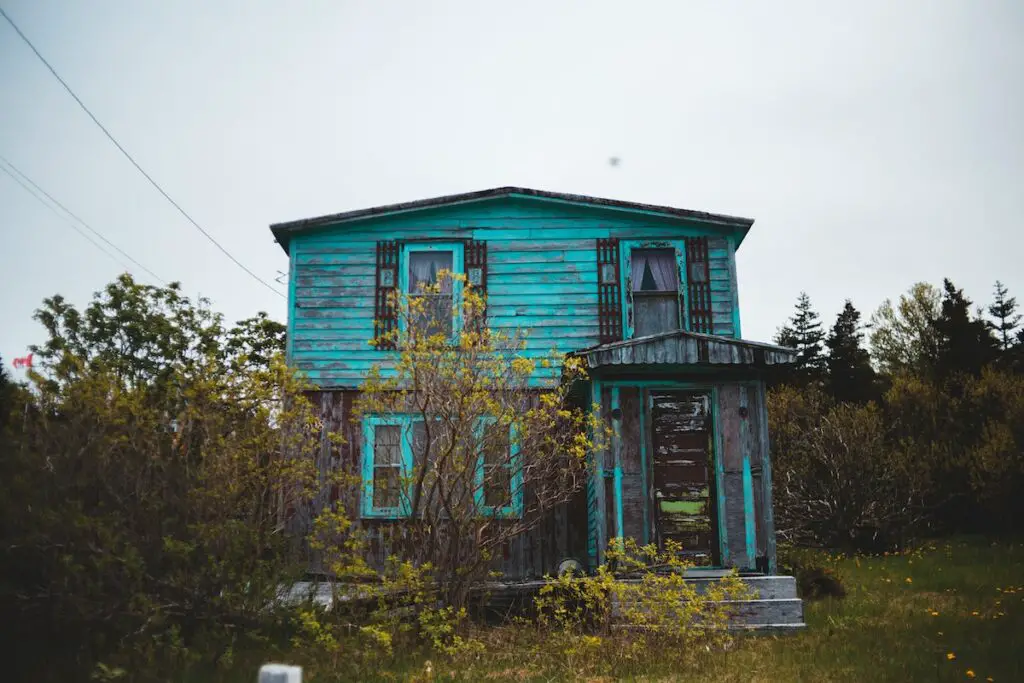
Innovative Tiny Home Designs
One of the innovative features of micro living tiny homes is their efficient use of vertical space.
Many tiny home designs incorporate loft beds or storage solutions that make the most out of limited square footage.
By utilizing the vertical space, homeowners can maximize their living area without sacrificing comfort or functionality.
Multi-Functional Furniture Pieces
Tiny homes often feature multi-functional furniture pieces that serve multiple purposes. Now you see why micro living tiny homes is important.
These clever designs help to optimize the available space and provide flexibility for different needs.
For example, a sofa may also function as a pull-out bed, or a dining table may have built-in storage compartments.
This versatility allows homeowners to make the most of their limited square footage by having furniture that serves more than one purpose.
Incorporation of Large Windows
To create an open and spacious feel within a tiny home, many designers incorporate large windows into their designs.
These windows not only bring in natural light but also provide a sense of connection with the outdoors, making the interior space feel larger and more inviting.
The abundance of natural light helps to brighten up small spaces and creates an airy atmosphere.
By incorporating these innovative design elements into tiny homes, architects and designers have revolutionized small-space living.
These homes offer practical solutions for those who want to downsize or live more sustainably.
With creative use of vertical space, multi-functional furniture pieces, and large windows that let in plenty of natural light, tiny homes provide comfortable living spaces despite their compact size.

Space Optimization Techniques for Tiny Homes
One of the key challenges in living in a tiny home is finding enough storage space for all your belongings. However, there are some clever ways to maximize the available space.
One technique is to incorporate built-in storage systems such as under-stair compartments or hidden cabinets.
These hidden spaces can be used to store items that are not frequently needed, keeping them out of sight and freeing up valuable floor space.
Foldable Furniture Options
Another strategy for optimizing space in tiny homes is to choose furniture that can be easily folded or collapsed when not in use.
Murphy beds, for example, can be tucked away during the day, creating more room for other activities.
Collapsible tables and chairs are also great options as they can be set up when needed but easily stored away when not in use.
This versatility allows you to make the most of your limited living area in a micro living tiny homes.
Strategic Placement of Mirrors
Mirrors can work wonders in creating an illusion of larger space within your micro living tiny homes. By strategically placing mirrors on walls or doors.
You can reflect light and create a sense of depth, making the space appear bigger than it actually is.
Mirrors can help brighten up the interior by bouncing natural light around the room.
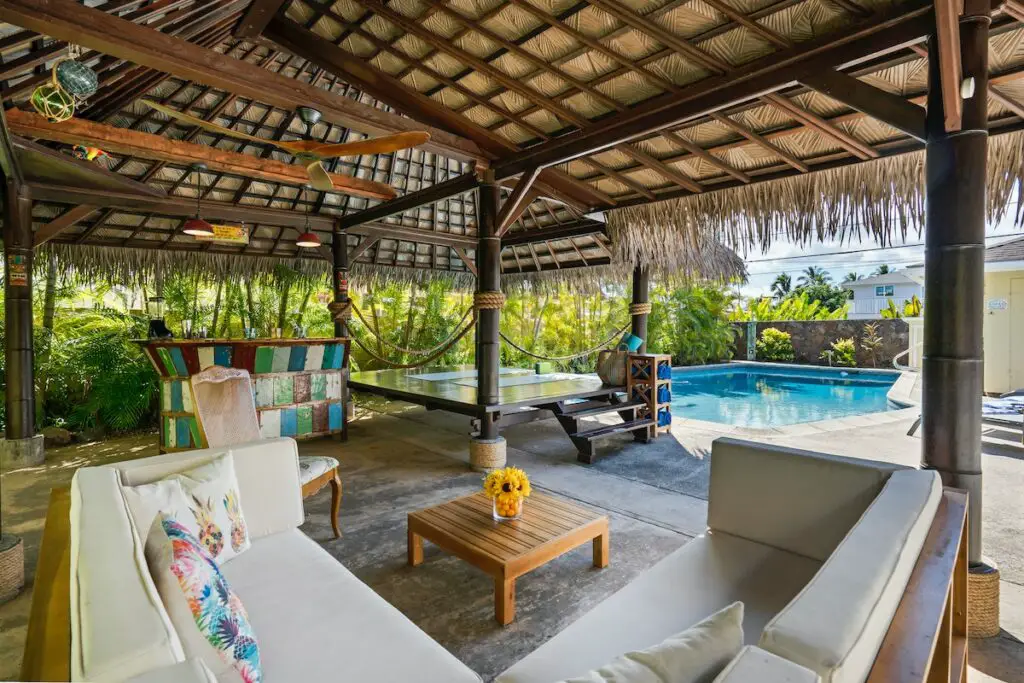
Sustainable Practices in Micro Living
In the world of micro living and tiny homes, sustainability is a key focus.
People who choose to live in small spaces often strive to minimize their environmental impact and embrace eco-friendly practices.
Here are some sustainable practices commonly implemented in micro living:
Integration of Renewable Energy Sources
One way to make tiny homes more sustainable is by integrating renewable energy sources such as solar panels or wind turbines.
These alternative energy sources can provide power for lighting, heating, and other electrical needs without relying on traditional fossil fuels.
By harnessing the power of the sun or wind, residents can reduce their carbon footprint and lower their reliance on non-renewable resources.
Use of Eco-Friendly Materials
Another important aspect of sustainability in micro living tiny homes is the use of eco-friendly materials.
Many tiny home builders opt for sustainable materials like reclaimed wood or recycled insulation.
These materials not only reduce waste but also contribute to a healthier indoor environment by minimizing exposure to harmful chemicals found in conventional building materials.
Implementation of Water-Saving Fixtures and Composting Toilets
Water conservation is crucial in micro living, where space constraints often limit water availability.
To address this challenge, many tiny homes incorporate water-saving fixtures such as low-flow faucets and showerheads.
Composting toilets are gaining popularity as they eliminate the need for water-intensive flush toilets while also producing nutrient-rich compost for gardening.
By adopting these sustainable practices, those embracing micro living can significantly reduce their ecological footprint while enjoying a simpler and more environmentally conscious lifestyle.
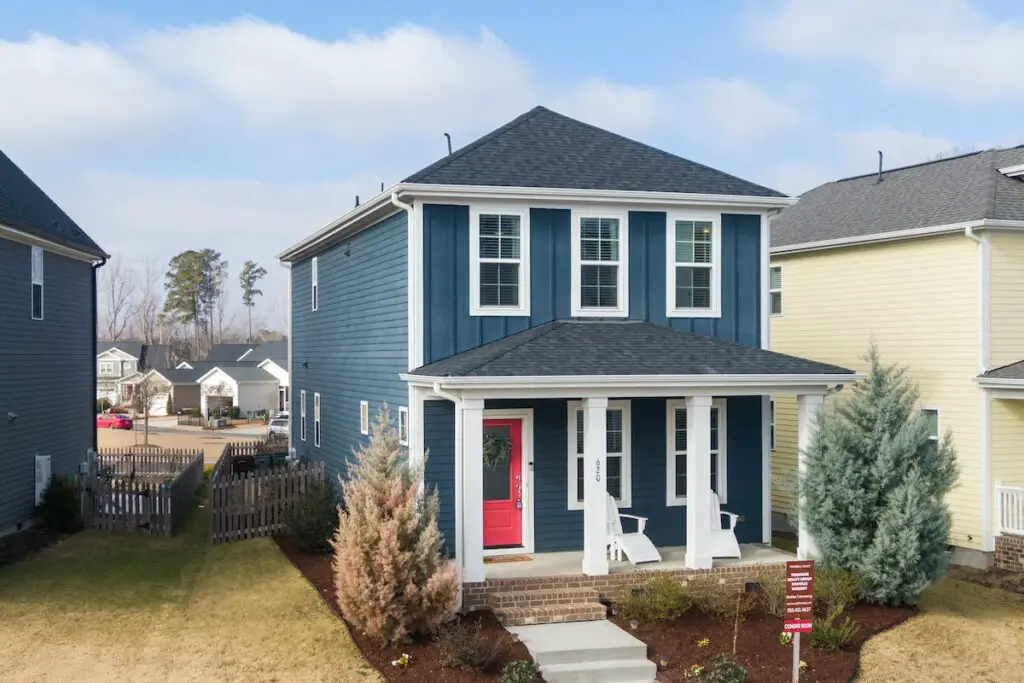
Creative Storage Solutions for Small Spaces
In micro living tiny homes, maximizing living space is crucial. One way to achieve this is by implementing creative storage solutions.
Here are some ideas to make the most of your small space:
Maximizing wall space with floating shelves, pegboards, or hanging baskets
Utilize vertical space by installing floating shelves on walls. These can be used to display books, plants, or other decorative items.
Pegboards are another great option for organizing tools and accessories in a compact manner.
Hanging baskets can be used to store fruits and vegetables in the kitchen or toiletries in the bathroom.
Incorporating built-in drawers beneath staircases or within furniture pieces
If your micro home has a staircase, consider incorporating built-in drawers beneath each step. This provides hidden storage for clothing, shoes, or other belongings.
Choose furniture pieces that have built-in drawers or compartments to maximize storage potential.
Clever organization systems like magnetic strips for kitchen utensils or shoe organizers on doors
Magnetic strips can be mounted on kitchen walls to hold metal utensils such as knives and spatulas, freeing up drawer space.
Shoe organizers can be hung on doors to store various items like cleaning supplies, toys, or accessories.
By implementing these creative storage solutions, you can optimize your living area and keep it organized without sacrificing valuable floor space.
Remember that every nook and cranny counts in a micro living tiny homes! In small space you have all you need.

Embracing the Minimalist Lifestyle in Tiny Homes
Living in a tiny home is not just about the size; it’s a mindset, a way of life. And if you make it a way of life then you will enjoy every inch of it.
People who choose micro living tiny homes embrace the minimalist lifestyle, focusing on owning fewer possessions and prioritizing experiences over material things.
Decluttering for Intentional Living Spaces
One of the key aspects of micro living is creating intentional living spaces. This starts with regular decluttering to keep only what is truly essential.
By letting go of unnecessary items, you create more open and functional areas within your tiny home.
Mindful Purchasing Habits
In a world that often encourages excessive consumption, mindful purchasing habits are crucial for those embracing micro living. It’s about quality over quantity.
Instead of buying multiple cheap items, focus on investing in high-quality pieces that will last longer and serve multiple purposes.
Making the Most of Limited Space
Living in a tiny home means making every square inch count. Creative storage solutions can help maximize space while keeping things organized.
Utilize under-bed storage, wall-mounted shelves, and multifunctional furniture to optimize your limited space.
Connecting with Nature
Tiny homes often blend seamlessly with their surroundings, whether it’s a riverside cabin or nestled amidst a lush forest.
The design elements such as large windows and natural materials like wood or steel allow residents to connect with nature from both inside and outside their homes.
Simple Pleasures
Micro living encourages finding joy in simplicity. With limited space and possessions, people discover new ways to appreciate the little things in life.
A cozy reading nook by the window, enjoying a hot shower surrounded by nature sounds, or sipping coffee on an outdoor deck overlooking breathtaking landscapes.
Embracing micro living in tiny homes offers an opportunity to simplify one’s life while immersing oneself in nature and focusing on experiences rather than material possessions.
It’s about creating intentional spaces, practicing mindful purchasing habits, and finding joy in the simple pleasures that life has to offer.
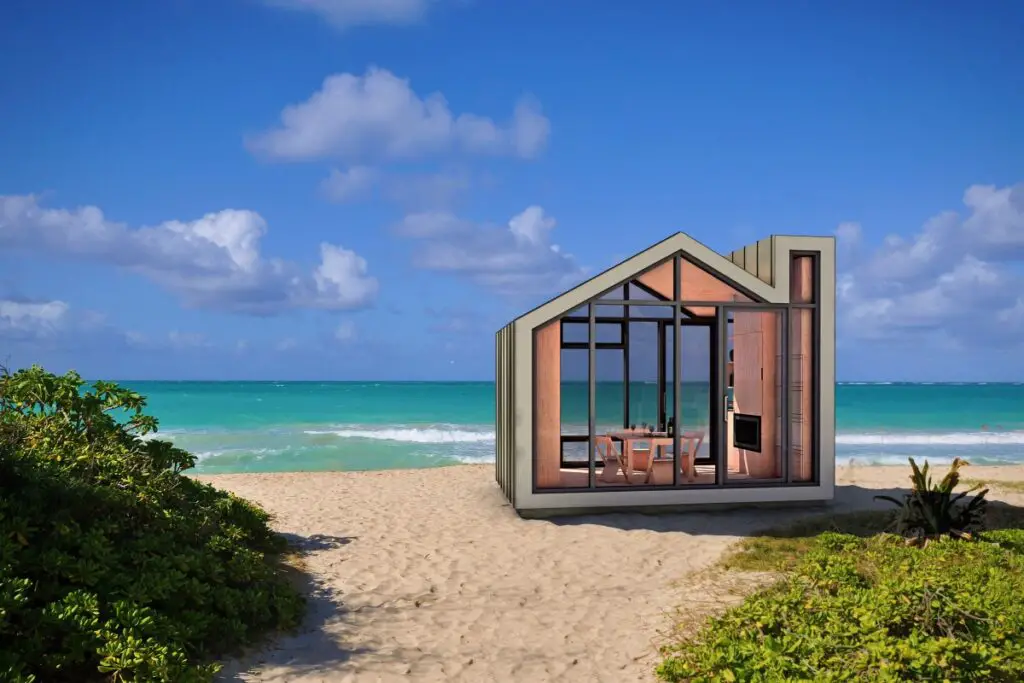
The Future of Micro Living
In the world of housing, micro living tiny homes are gaining popularity. People are embracing the idea of living in smaller spaces that are more affordable.
Sustainable, and efficient. But what does the future hold for micro living? Let’s explore some exciting possibilities.
Continued Innovation in Space-Saving Technologies and Designs
As the demand for micro homes increases, so does the need for innovative solutions to maximize space.
Designers and architects are constantly coming up with creative ways to optimize every inch of a tiny home.
From foldable furniture to hidden storage compartments, these space-saving technologies make it possible to live comfortably in a small area.
Integration of Smart Home Features for Increased Efficiency and Convenience
The future of micro living lies in smart home technology. Imagine controlling your entire home with just a few taps on your smartphone or using voice commands.
From adjusting the lighting to managing energy consumption, smart home features enhance efficiency and convenience in small spaces.
With automated systems that can regulate temperature, monitor security, and even assist with daily tasks, micro homes will become even more functional and user-friendly.
Potential for Micro-Living Communities or Shared Living Spaces
Micro-living communities offer an alternative way of living where individuals or families share common spaces while still having their private dwellings.
These communities promote social interaction, resource sharing, and a sense of belonging among residents.
By pooling resources together, residents can enjoy shared amenities like communal gardens or co-working spaces.
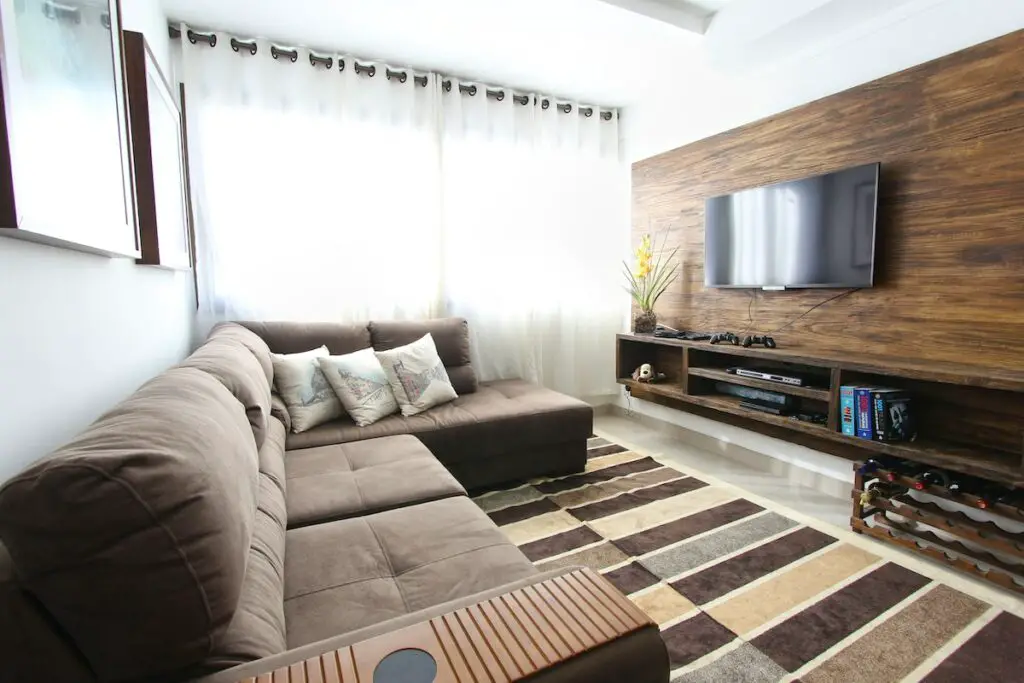
Conclusion
In conclusion, embracing the micro living tiny homes offers a multitude of benefits and opportunities for those seeking a simpler, more sustainable way of life.
The concept of tiny homes has gained significant popularity in recent years.
Providing individuals with an alternative to traditional housing that emphasizes minimalism, space optimization, and eco-friendly practices.
By downsizing their living spaces, individuals can experience greater financial freedom, reduced environmental impact, and a renewed focus on what truly matters.
To fully embrace the micro living lifestyle, it is essential to consider innovative tiny home designs that maximize functionality within limited square footage.
Space optimization techniques such as multifunctional furniture and clever storage solutions are crucial for creating a comfortable living environment in small spaces.
Adopting sustainable practices like utilizing renewable energy sources and implementing efficient water management systems can further enhance the eco-friendliness of micro living.
For those intrigued by the idea of micro living and considering embarking on this unique journey, it is important to thoroughly research and plan before diving in.
Consider your specific needs and preferences when selecting a tiny home design or builder.
Explore different storage options to ensure you make the most out of every inch of space available.
Lastly, don’t forget to declutter and adopt a minimalist mindset – let go of unnecessary possessions to create a serene and clutter-free living environment.
FAQs
1. Are tiny homes suitable for families?
Tiny homes can be suitable for families depending on their specific needs and circumstances. While they may require some adjustments in terms of space utilization and organization compared to traditional homes, many families have successfully transitioned into tiny home living by prioritizing functionality and efficient use of space.
2. Can I customize my own tiny home design?
Yes! Many builders offer customizable options for tiny home designs based on your preferences and requirements. You can work closely with them to create a personalized layout that suits your lifestyle while maximizing the available space.
3. How much does it cost to build a tiny home?
The cost of building a tiny home can vary significantly depending on factors such as size, design complexity, materials used, and location. On average, prices for professionally built tiny homes range from $30,000 to $150,000. However, DIY enthusiasts can reduce costs by taking on the construction themselves.
4. Can I live off-grid in a tiny home?
Yes, living off-grid is possible in a tiny home with careful planning and appropriate systems in place. Many tiny homes are equipped with solar panels for electricity generation and composting toilets for sustainable waste management. It allows individuals to live self-sufficiently and reduce their reliance on external resources.
5. Are there any legal restrictions on living in a tiny home?
Legal restrictions regarding living in a tiny home vary by jurisdiction and depend on local zoning regulations and building codes. It is essential to research the specific laws in your area before committing to living in a tiny home full-time or as a primary residence.

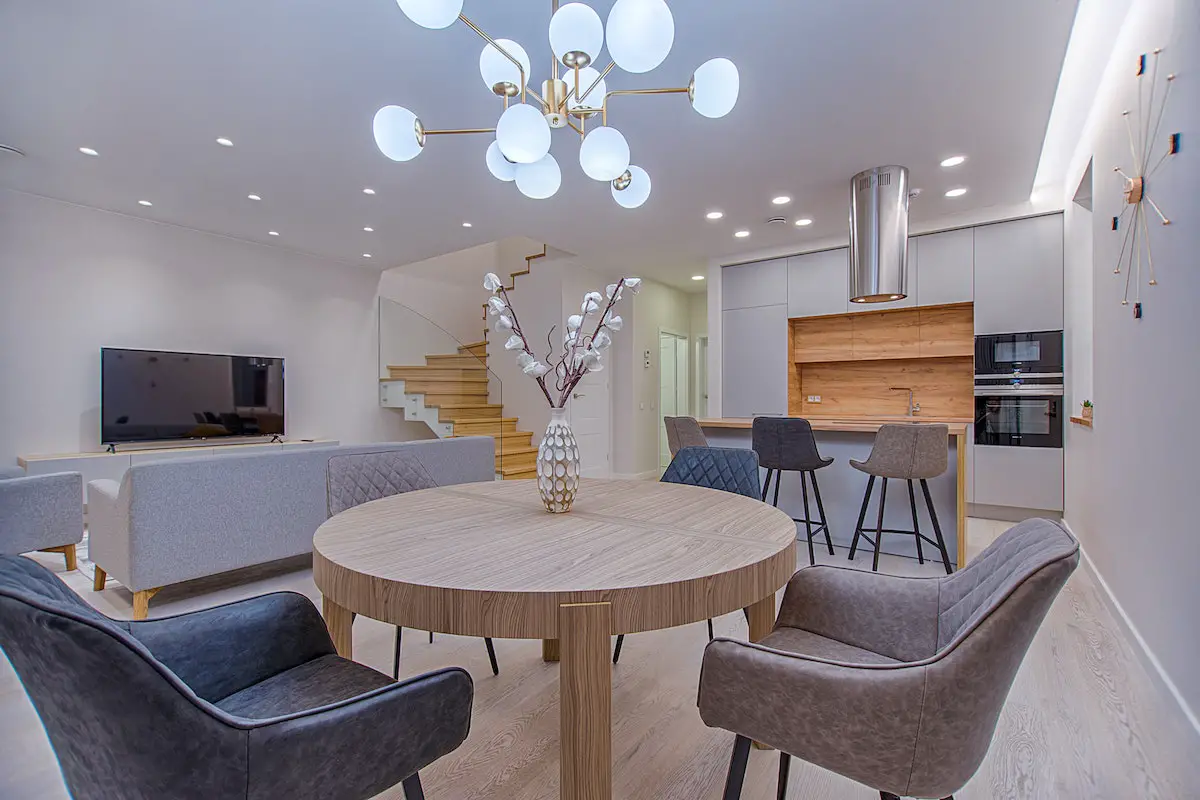
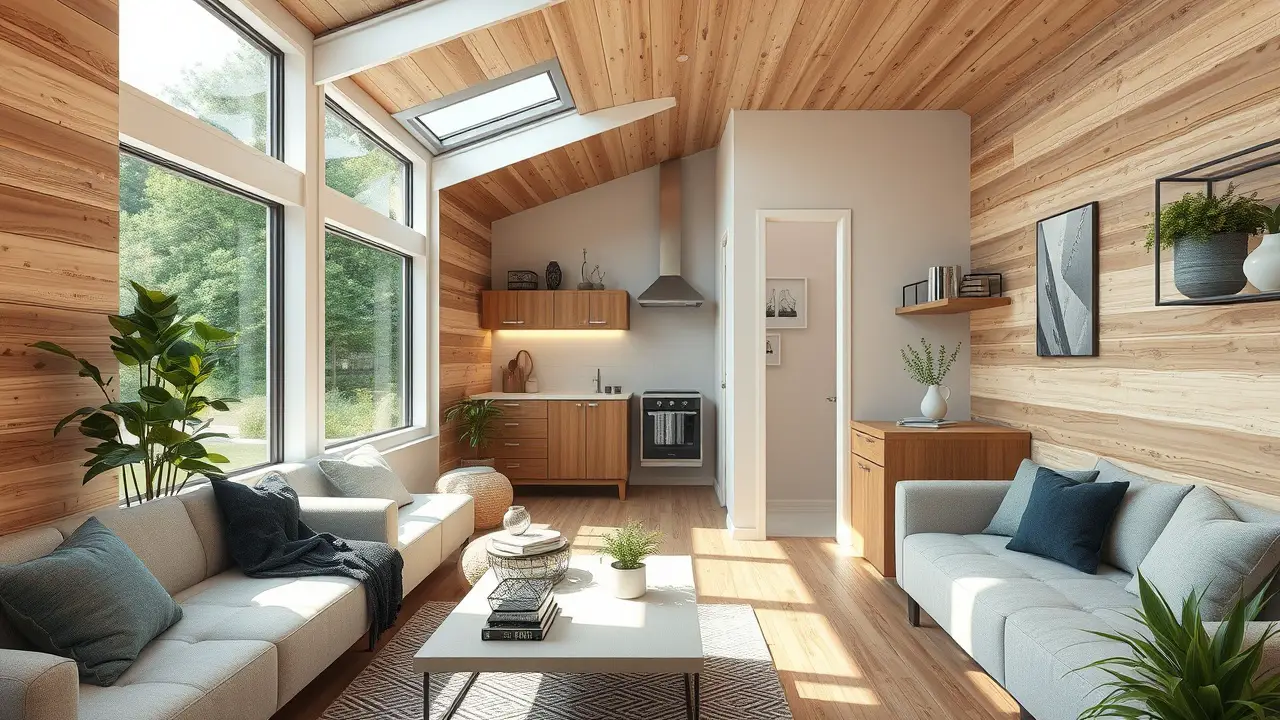
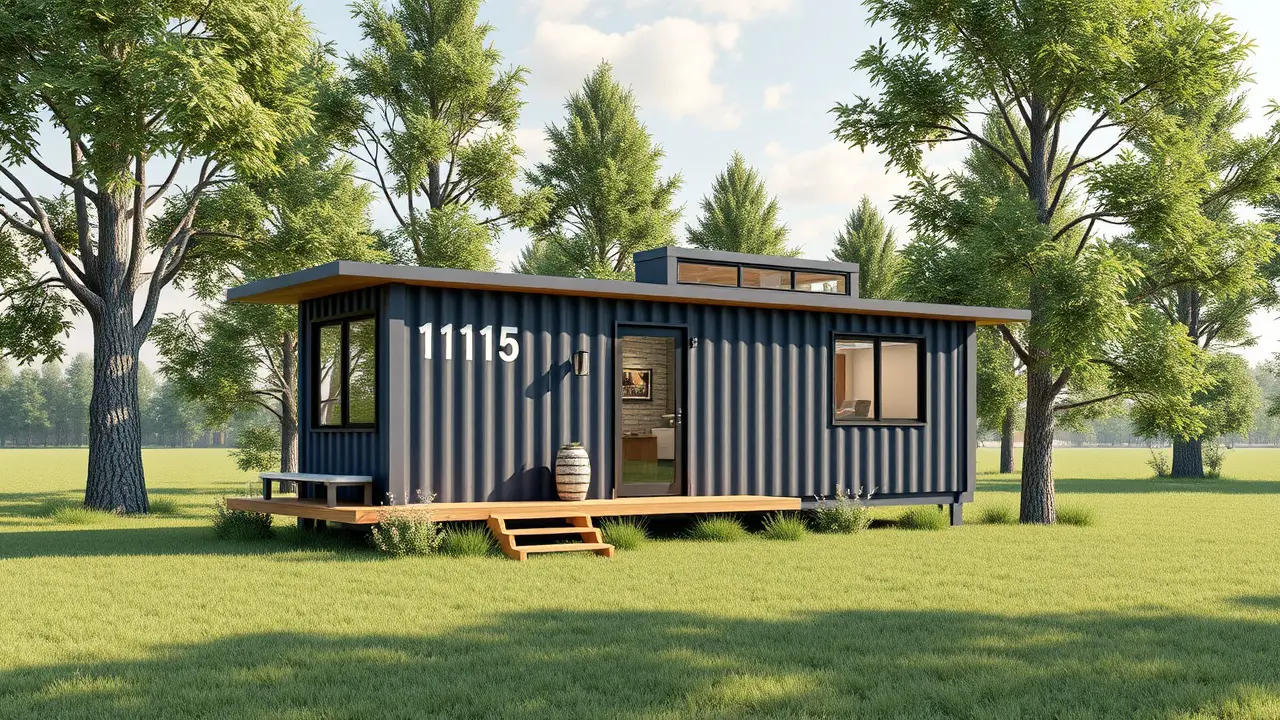
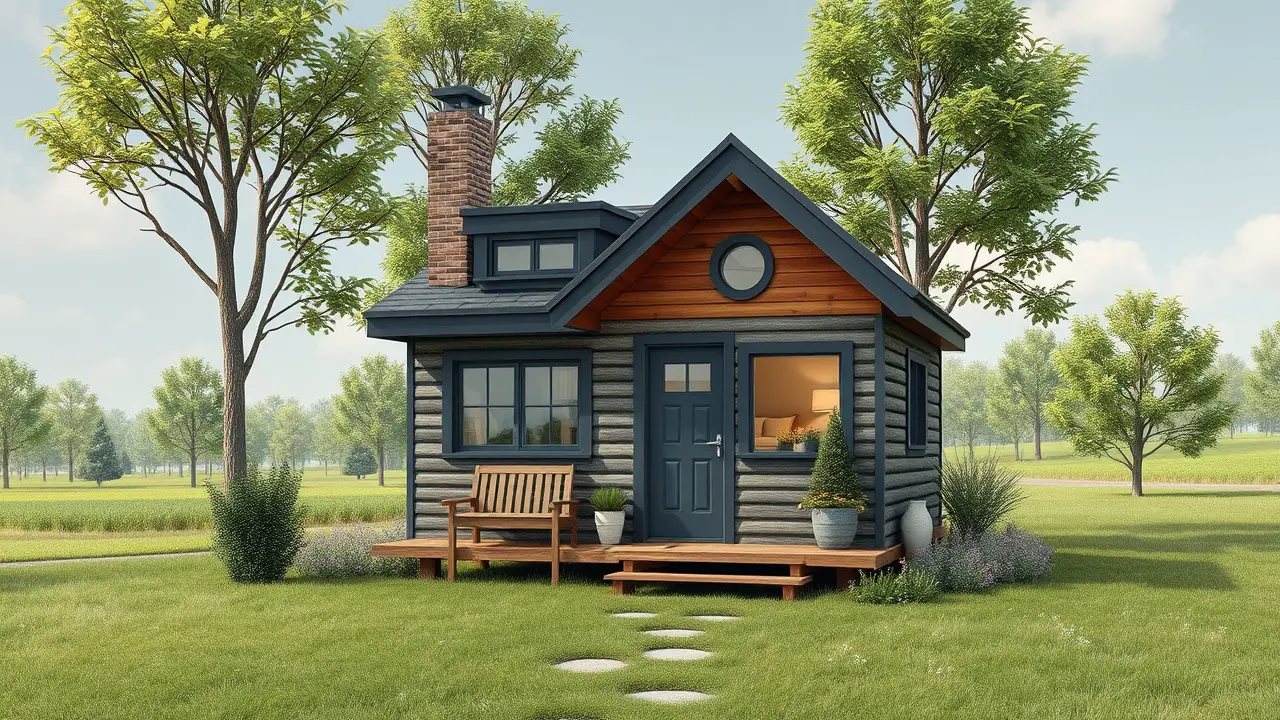
Leave a Reply